I am a self-taught hobbyist, and I have a question about an experiment that I did. I got two ATX power supplies, a and b, and hooked them up as follows:

simulate this circuit – Schematic created using CircuitLab
I was not expecting current to flow, but to my surprise, the LED lit up. This is my first question: Why does current flow from PSU a to PSU b? Is this because the PSUs are connected to the same power strip, and are not actually insulated?
So after seeing the results of that, I had another idea. I wondered if the PSUs could sink current from a 9v battery. So I connected (-) of the 9v battery, and 12v from the PSU according to the following schematic:

Again, the LED lit up, but just barely. I could only just see a tiny bit of light from the led. Why does this happen?